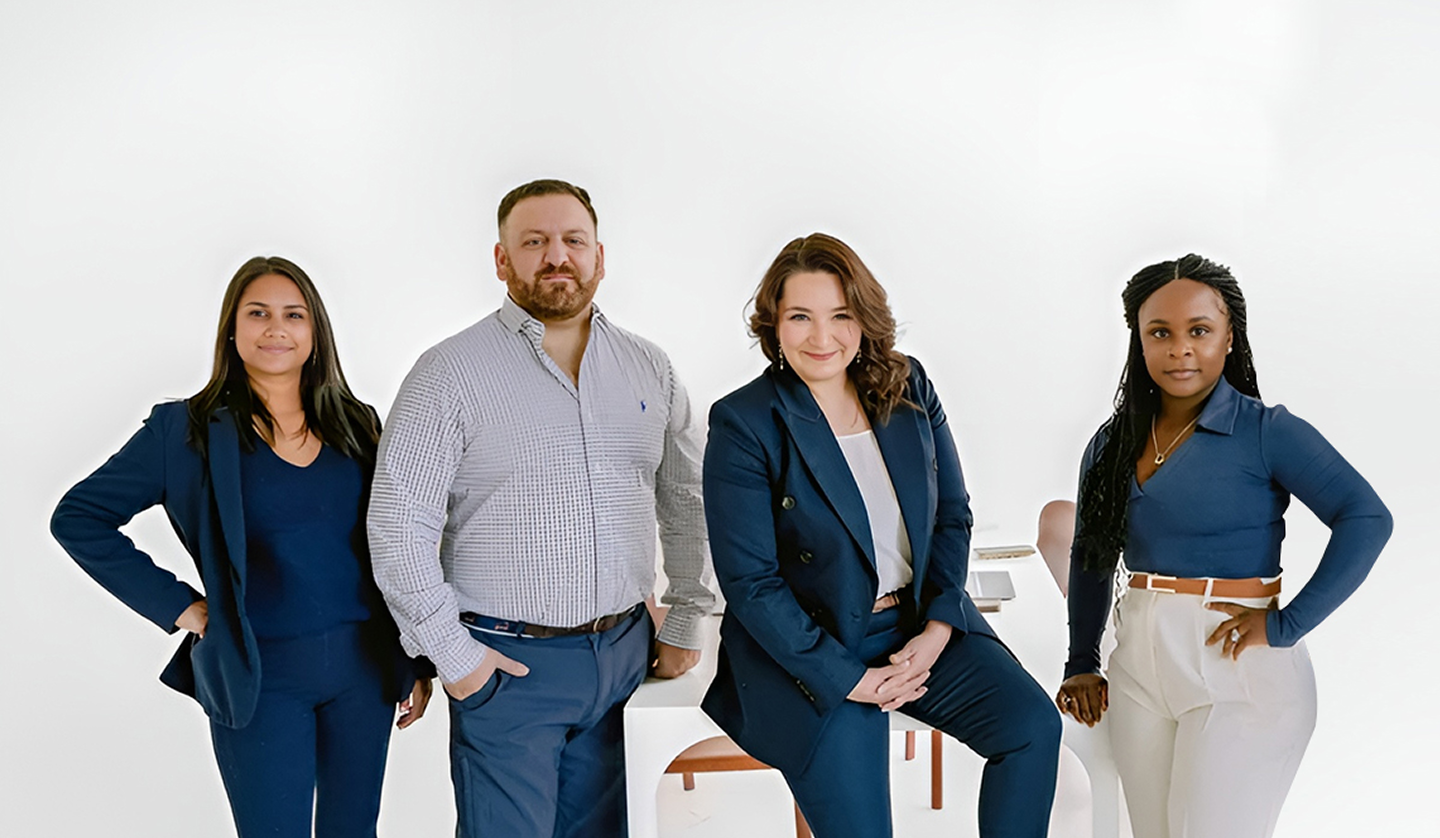Many rear-end collisions occur at night. The Commercial Driver License Manual (2.11.4- Vehicle Factors-Headlights) prescribes that drivers must adjuster their speed to keep their stopping distance within their sight distance. This means going slowly enough to be able to stop within the range of their headlights.
The Perception-Reaction Process has 4 phases:
The length of each phase depends on many factors pertaining to the driver, the environment, and the object/vehicle in the road. Driver factors include age, gender, fatigue, intoxication, stress, driver’s expectation and driver’s distractions. Environmental factors include lighting, weather, background, headlight glare, and speed. Object factors include size, movement, conspicuity, and identifiability.
Truck drivers are required to follow specific rules regarding the use of low and high beams while operating their vehicles on the road. Here are the rules for truck drivers regarding low and high beams:
However, truck drivers are required to switch to their low beams when approaching other vehicles within 500 feet, and when following other vehicles within 300 feet. They are also required to dim their high beams when approaching oncoming vehicles within 500 feet.
Truck drivers who violate these rules regarding the use of low and high beams can be cited for a traffic violation, and may be subject to fines or other penalties. In addition to following these rules, truck drivers should also ensure that their headlights are properly maintained and functioning, to ensure maximum visibility and safety while driving.
Simply put, hiring an experienced truck accident attorney after your accident gives you the best possible chance of ending up with a good outcome in a very bad situation. Numerous parties may be liable for your injuries, and an experienced attorney from Hagen Nares PLLC will be able to identify those parties and determine how best to pursue compensation. The introduction of these other parties, as well as the complicated web of statutes and regulations, means that pursuing a claim requires a special level of expertise.
